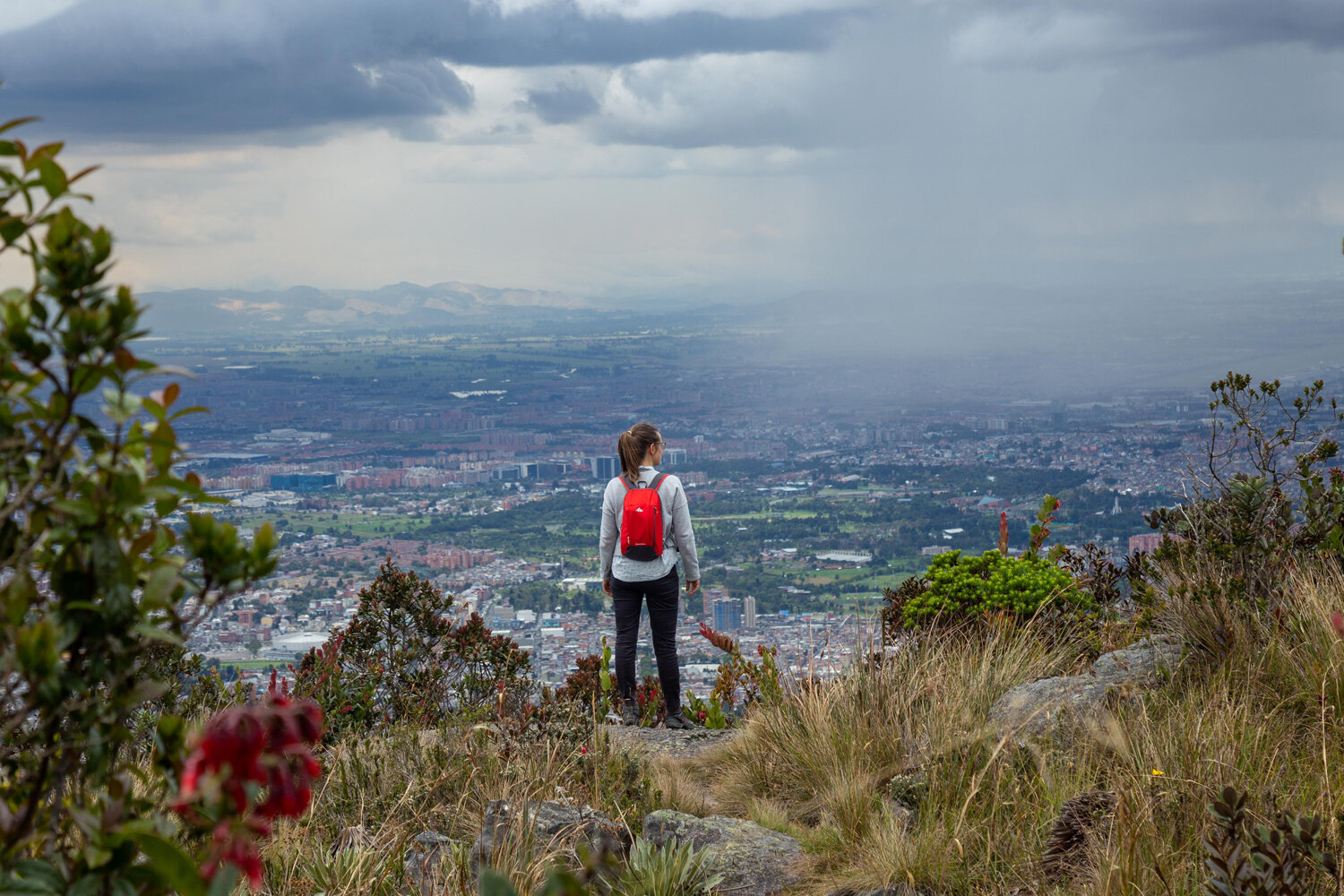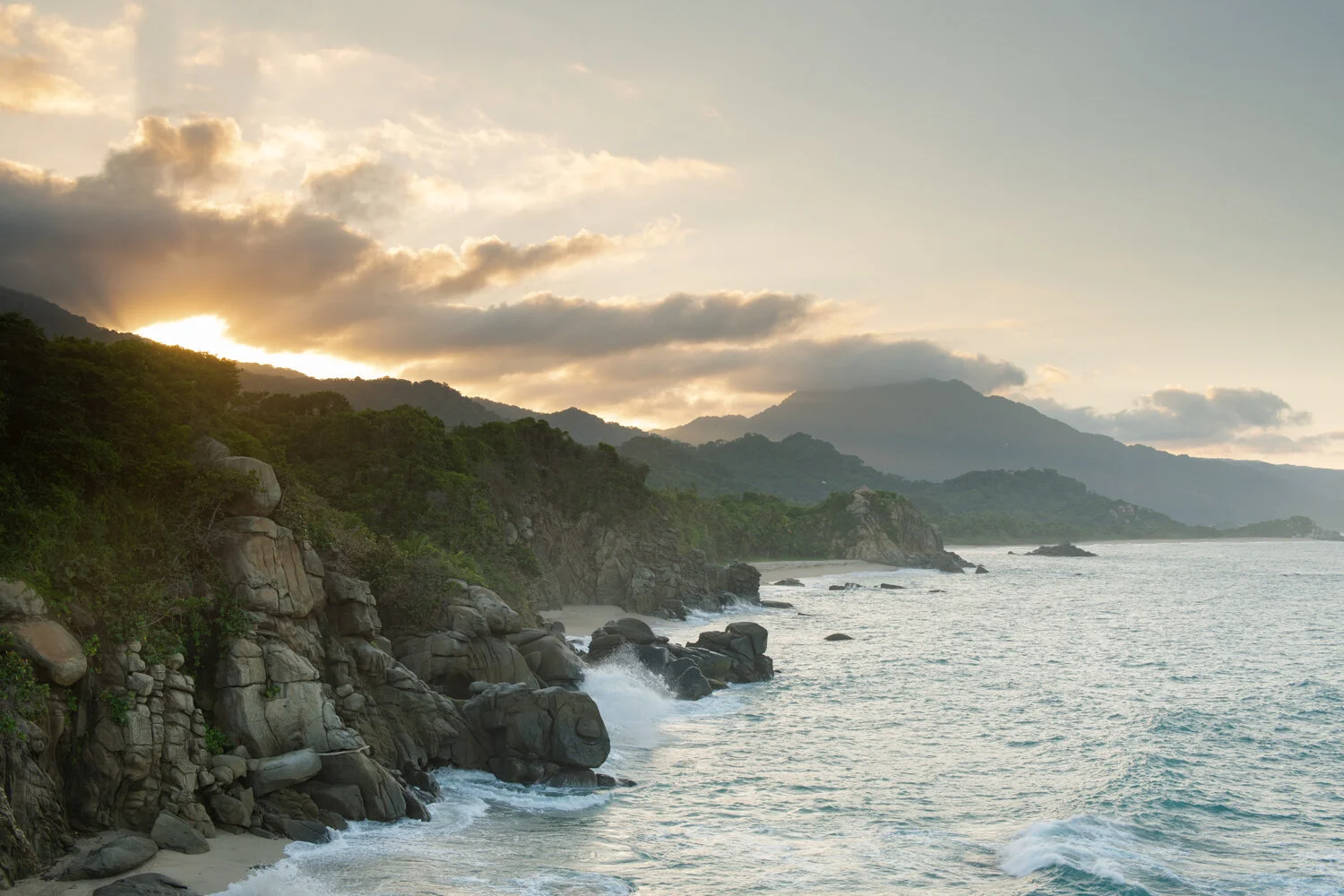Top 10 Animals That You Can Only Film In Colombia
Why Film Wildlife in Colombia?
Colombia is the second most biodiverse country in the world, after Brazil, with more than 50 endemic mammals, over 150 endemic reptiles, and in the region of 380 endemic amphibians.
New species are regularly being discovered or described for science. For example, a recent “Colombia Bio” scientific expedition in Anori discovered a species of mouse that is new to science and is sure to become a Colombian endemic once catalogued and described. The possibilities for wildlife discovery in Colombia are endless as once no-go regions open up to scientific research teams and biologists in the wake of the Colombian peace deal. In 2010, a new species of primate was discovered in Colombia – the Caquetá Titi – in a region once plagued by conflict and drug trafficking. It remains to be seen how many endemic animals are still hidden away in the jungles and mountains of this country.
A number of Colombia’s endemic animal species are difficult to see, let alone film, as many are nocturnal or inhabit isolated and inaccessible regions of the country. Therefore, in selecting the 10 species listed here, we have tried to include animals that can be spotted more easily (although some still require a bit of an adventure).
Here are 10 animals that you can only film in Colombia
Colombian Woolly Monkey
This endemic species of woolly monkey is listed as ‘Critically Endangered’ by IUCN, and inhabits primary forest from lowlands up to elevations of 3,000 m. While the taxonomy of the woolly monkey family is still debated by some authorities (with some classing Colombian Woolly Monkey as a subspecies of the Brown Woolly Monkey), this species is undoubtedly an impressive primate, measuring up to 1.3m from head to tail and weighing in at up to 10kg. Known locally in Colombia as the “Mono Churruco,” they can be filmed in the wild at a number of sites, but the Cuevo de Los Guacharos National Park is one of the best spots.
2. Golden Poison Frog
Golden Poison Frog
Although it measures less than 2 inches, the Golden Poison Frog is one of the most poisonous vertebrates on earth. Its skin is coated and saturated in roughly 1,900 micrograms of batrachotoxins: to put that number into context, it is thought that between 2 and 200 micrograms of this toxin is fatal to humans. While the “poison” part of its name is certainly accurate, the “golden” is more variable: subspecies of this endangered frog range from shades of mint and metallic green to orange, with the yellow variety primarily found in the Gangui region of Colombia. Golden Poison Frog may contain lethal amounts of toxins, but they pose no danger to humans unless ingested. Although their habitat is under threat and they are only found in isolated regions of the country, it is possible to film wild Golden Poison Frogs in the Timbiqui region of Cauca department, at the Ranita Terribilis Reserve.
3. Caquetá Titi Monkey
Caquetá Titi Monkey
The Caquetá Titi Monkey was discovered in 2010, but sadly, it is already classed as Critically Endangered due to habitat fragmentation combined with a small extant population. Research visits to the upper Caquetá region in the 1970s had noted the presence of a small titi monkey which appeared different to other known regional species, but it was not until the safety of the region improved about 35 years later than detailed studies were possible. The Caquetá Titi has brown fur, a lighter tail, and chestnut-red underparts, neck and cheeks. It differs from two similar species – the Ornate and White-tailed Titi – by its lack of white hands and feet and absence of a white forehead bar, respectively. While its geographical range is extremely limited – though to be as little as 100 square kilometres – the Caquetá Titi can be filmed in isolated municipalities of western Caquetá and the south-east of Cauca department.
Read Our: 10 Birds You Can Only Film in Colombia
4. Blue Anole
This small, elusive lizard is only found on the Colombian Pacific island of Gorgona, located 35 miles off the coast of Cauca department. It is rare among lizards in that both sexes are completely blue in their colouration (the male has a pure white dewlap, which contrasts dramatically against its sky-blue colour). This lizard is so shy and hard to see that researchers have been unable to accurately estimate the population. However, due to deforestation on Gorgona when it was a prison and the introduction of predatory western basilisk lizards, it is suspected to be highly threatened. Gorgona Island is a spectacular place for filming wildlife in Colombia in general, but the chance to capture professional footage of this rare and beautiful lizard is an added bonus.
5. Cotton-top Tamarin
Cotton-top Tamarin
One of Colombia’s most iconic endemic mammals is also sadly one of its most endangered. The cute little Cotton-top Tamarin monkey, with its shock of Doc Brown-style white hair, suffers hugely from the illegal pet trade, as well as massive deforestation in its preferred forest habitat in northwest Colombia. With only about 6,000 individuals left in the wild it is considered one of the world’s rarest primates. Although endangered, Cotton-top Tamarins can be filmed reliatvely easily in several locations in Colombia. WhereNext has filmed them on two separate occasions: during the production of The Birders in Tayrona National Park, and while on assignment for Awake.Travel in the Montes de Maria region of Sucre and Bolivar departments. It’s worth noting that, although established and wild, the Tayrona population of tamarins is introduced.
6. Andean Squirrel
Andean Squirrel
One of the more widespread species on this list, the endemic Andean Squirrel inhabits montane rain forest and cloud forests of the Eastern and Central ranges of the Colombian Andes, at elevations between 2,000 and 3,300 metres. A beautiful looking chestnut-red squirrel, it is diurnal and coexists with several other forest squirrel species, including the quite distinct Red-tailed Squirrel. Andean Squirrels are generally darker in colouration without the eponymous red tail of the aforementioned species. Although widespread, there are no sites where filming Andean Squirrel can be guaranteed due to its shy and reclusive nature; good places to attempt to film this species are La Romera Park near Medellin, Rio Blanco Reserve near Manizales, and Chicaque Natural Park to the south of Bogota.
See the WhereNext Guide: The Top Natural History Filming Locations in Colombia
7. Lehmann’s Poison Frog
Another of Colombia’s various endemic poison frog species; the Lehmann’s Poison Frog is also another ‘Critically Endangered’ species thanks to its extremely limited range and deforestation. It is also, as with many of the colourful frogs that make up the genus, a victim of the illegal pet trade. The body of this frog is black or dark brown, with two broad bands of colour around the body, and more coloured bands on its front and hind limbs. There are red, yellow, and orange morphs of this species and the males can be distinguished from the females on account of their silver-tipped toes. The habitat of the Lehmann’s Poison Frog is submontane tropical forest, but it is known from very few localities; the best place to film this beautiful frog is in the lower Anchicaya region on the road from Cali to Buenaventura.
8. Magdalena River Turtle
Magdalena River Turtle
The Magdalena River Turtle is endemic to the Magdalena River Basin in north-western Colombia and shares a unique and complicated relationship with the local population. It has long been hunted for its meat, and there are various local beliefs that it can cure various diseases, boost strength, and even act as an aphrodisiac. Its eggs, which are laid in clutches of around 22 on sandy beaches, are often collected to be sold and eaten in spite of legislation prohibiting such activities. As such, this turtle, which can trace its roots back to the 100 million year old prehistoric genus of Podocnemididae, is another critically endangered Colombian endemic. Community-based conservation projects now exist to help to bring this turtle back from the brink.
9. Santa Marta White-fronted Capuchin
Santa Marta White-fronted Capuchin
This capuchin species was formerly considered a subspecies of Humboldt’s White-fronted Capuchin, but following further study it was elevated to full species status in 2013. While visually similar to the various other species of white-fronted capuchin found throughout Colombia and other South American countries, this species is limited in range to the northern slopes of the Sierra Nevada de Santa Marta mountains and is, as such, an extremely range-restricted Colombian endemic species. Filming them is easy enough within Tayrona National Park, which is home to a large population. WhereNext had the (mis)fortune of a close encounter with these territorial monkeys during the filming of The Birders (check out the video below to better understand the ‘mis’ in misfortune).
10. Yellow-striped Poison Frog
Yellow-striped Poison Frog
Another endemic Colombian poison frog, this one is an attractive little black frog with two smart yellow “racing stripes” running the length of its body and down its front and back legs. Although endemic to Colombia, it is not considered threatened due to its wide geographical range and diverse habitat preference, including dry forest, moist lowland forest, montane forest, and marshlands. Filming the Yellow-striped Poison Frog is, as with all small frog species, never an easy task, but there is a large population of the species in Tayrona National Park which can be filmed with a little persistence and time.
Filming wildlife in Colombia can be both thrilling and challenging. We recommend working with a local production company like WhereNext to ensure that your natural history filmmaking project in Colombia is produced efficiently and responsibly.




















Learn what it takes to successfully execute a birding documentary production, from what to pack to the best gear for filming wild birds in natural conditions.